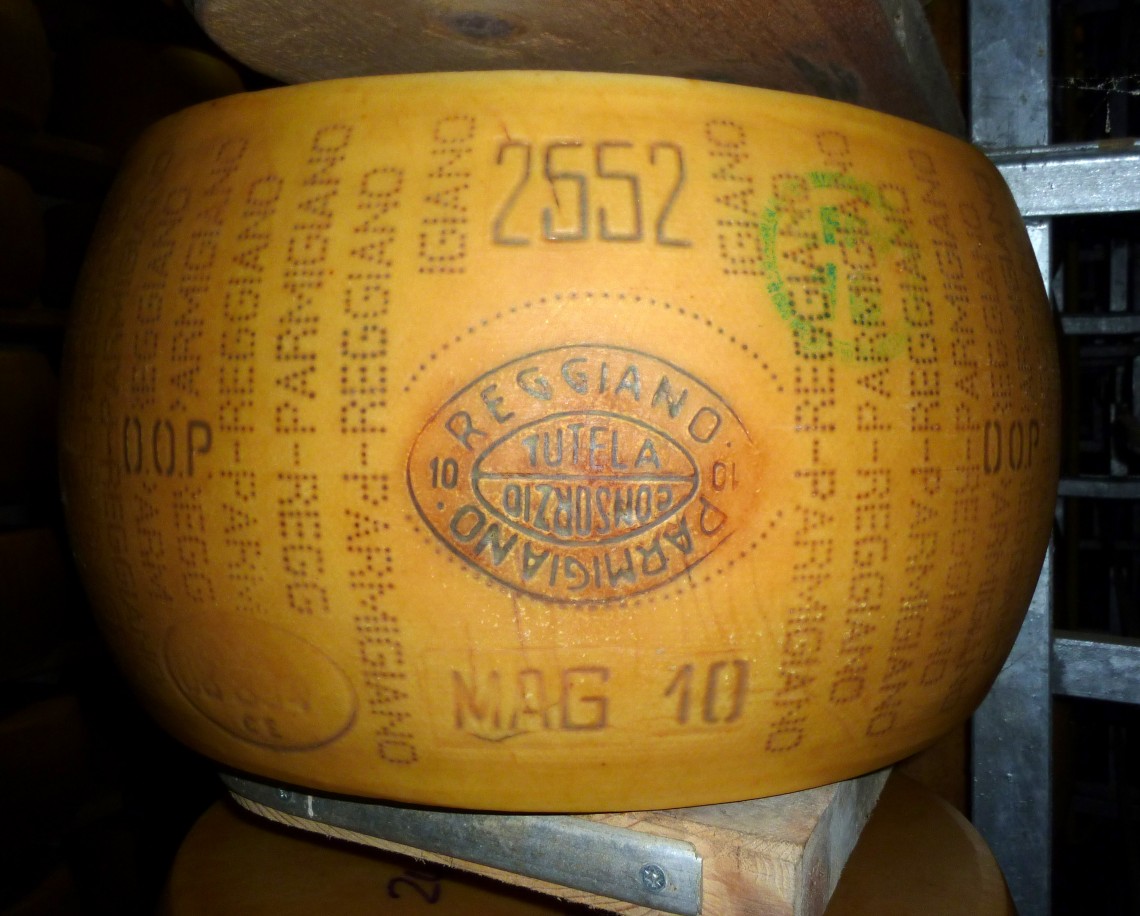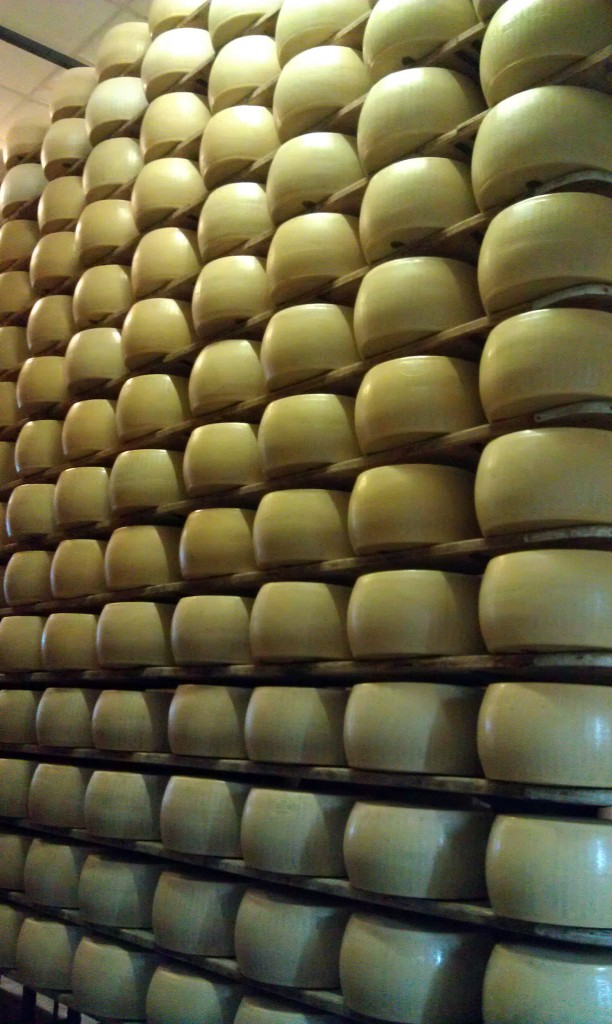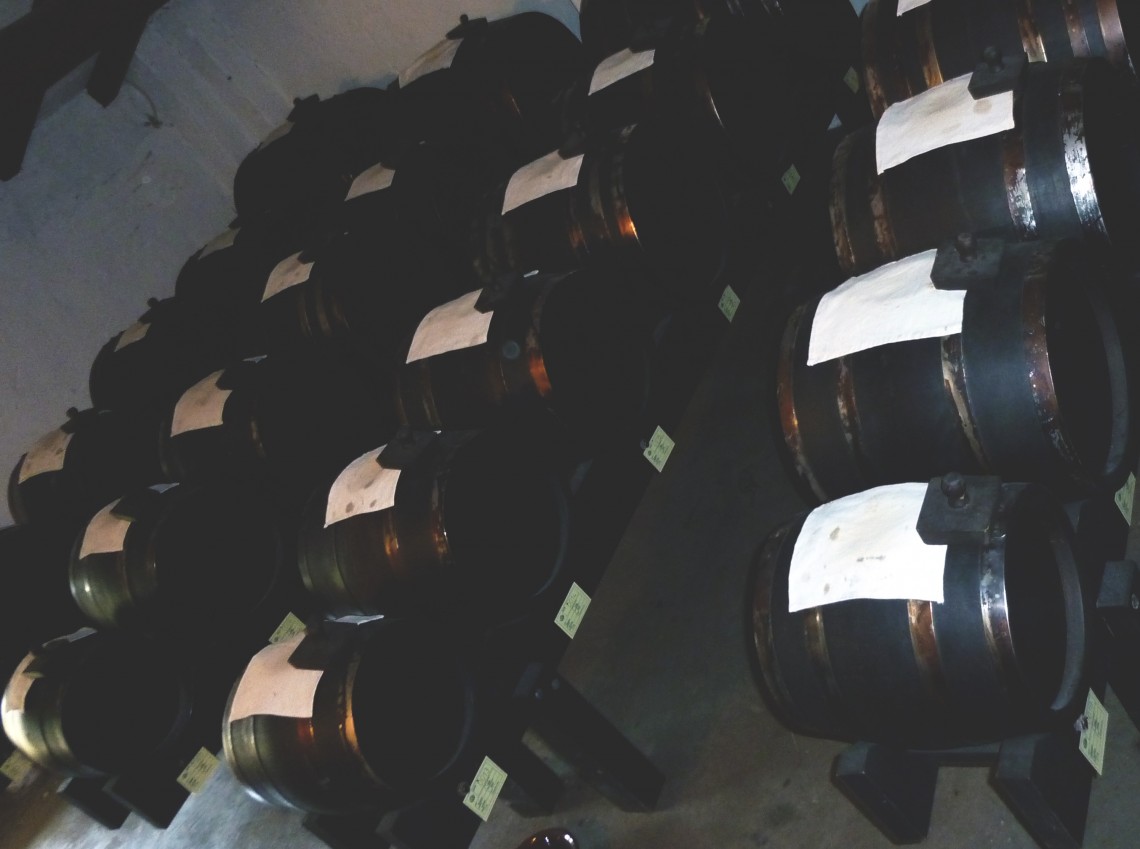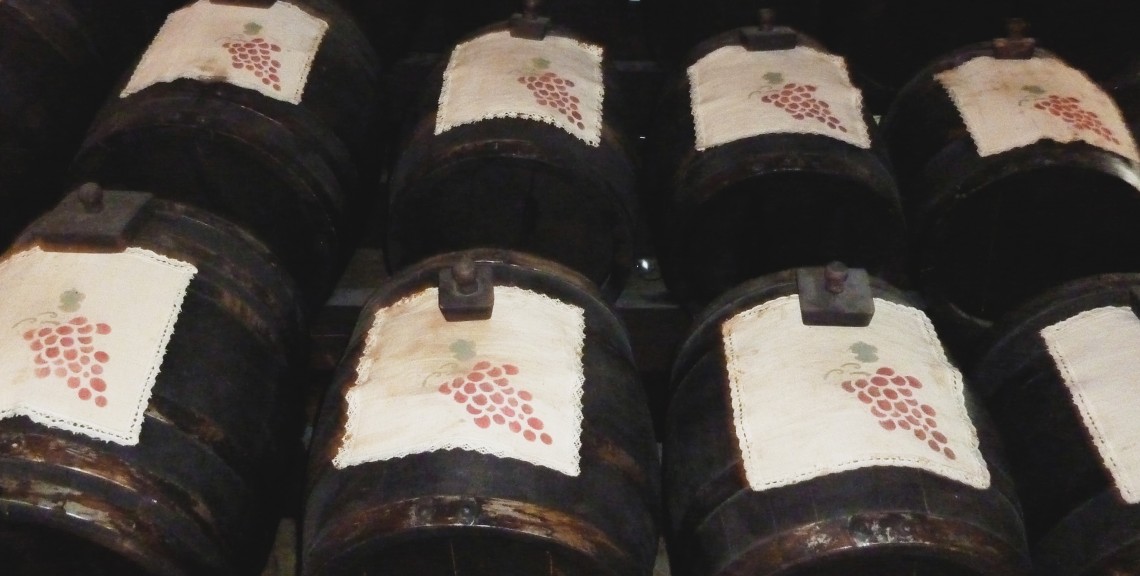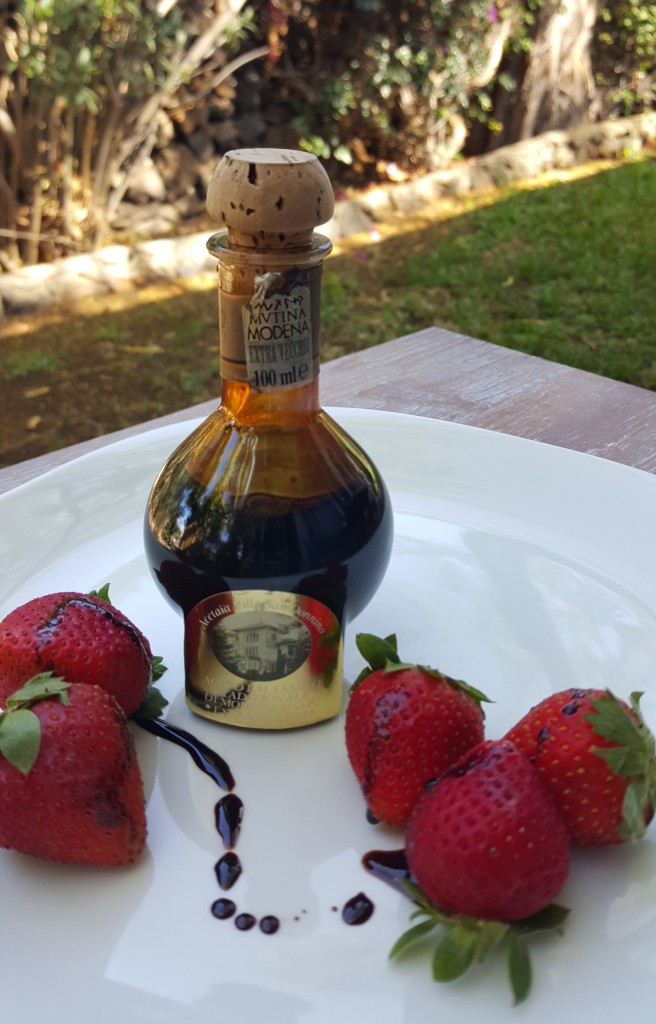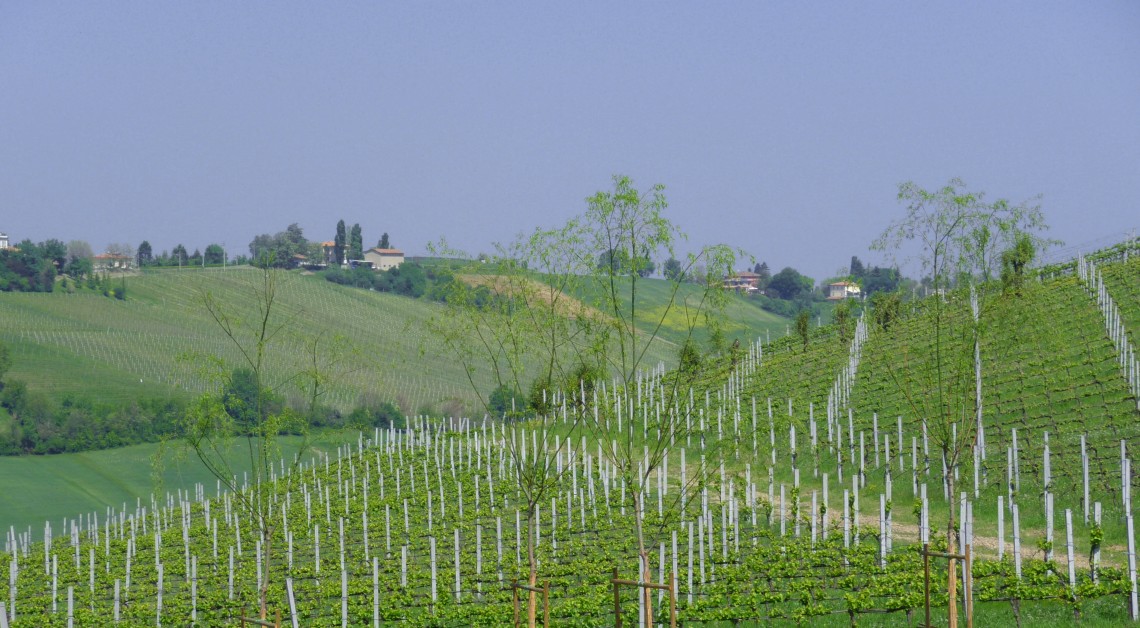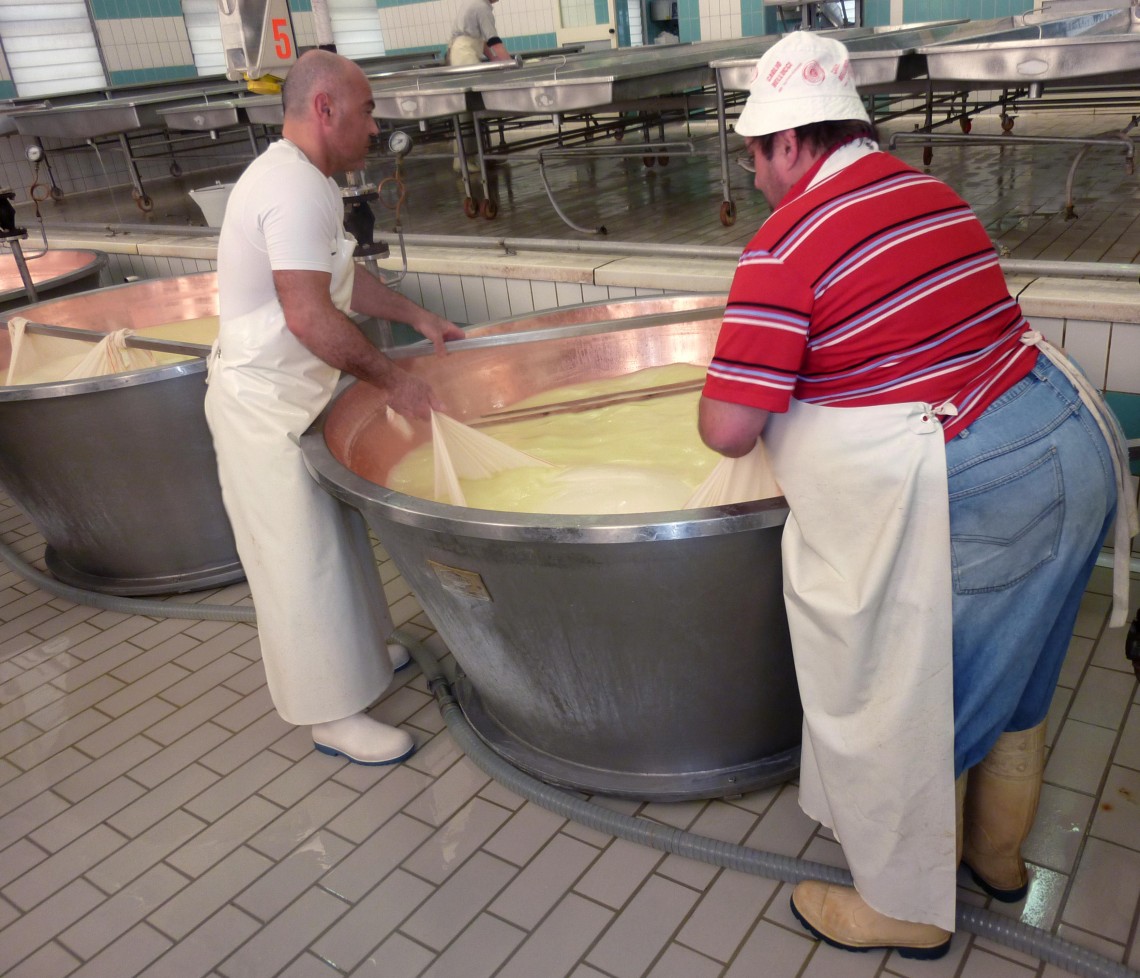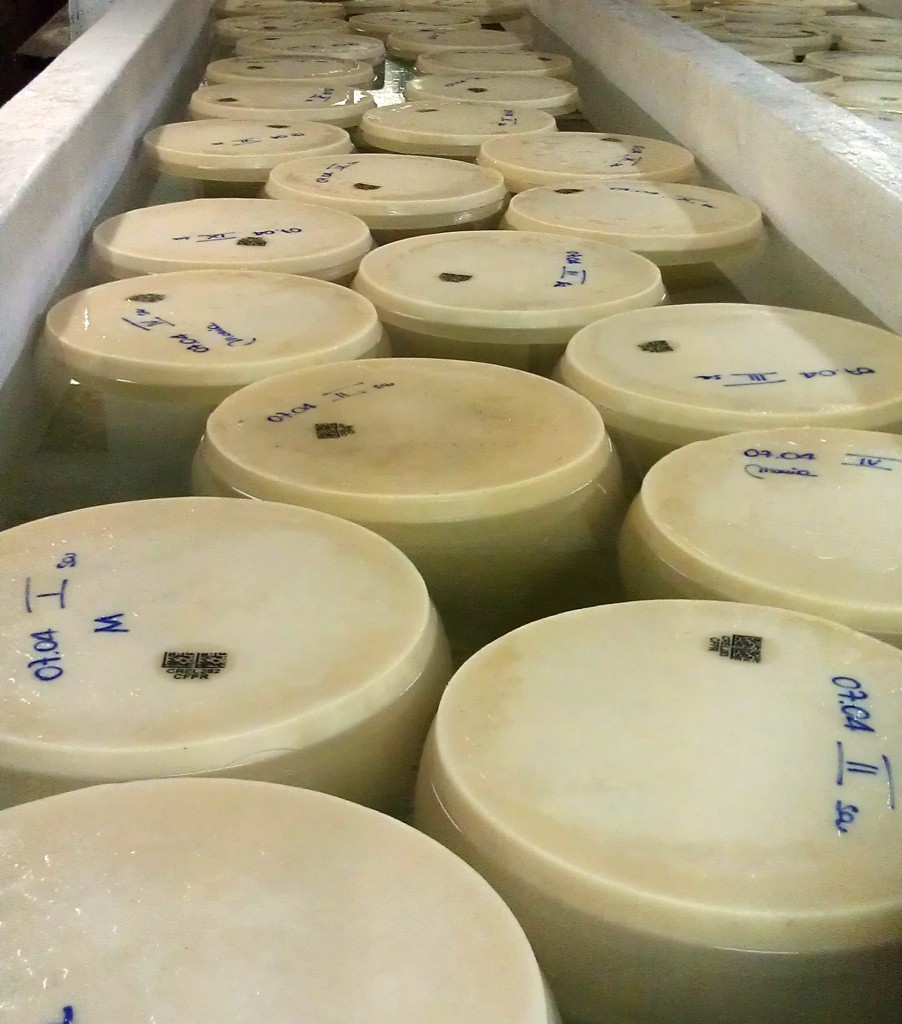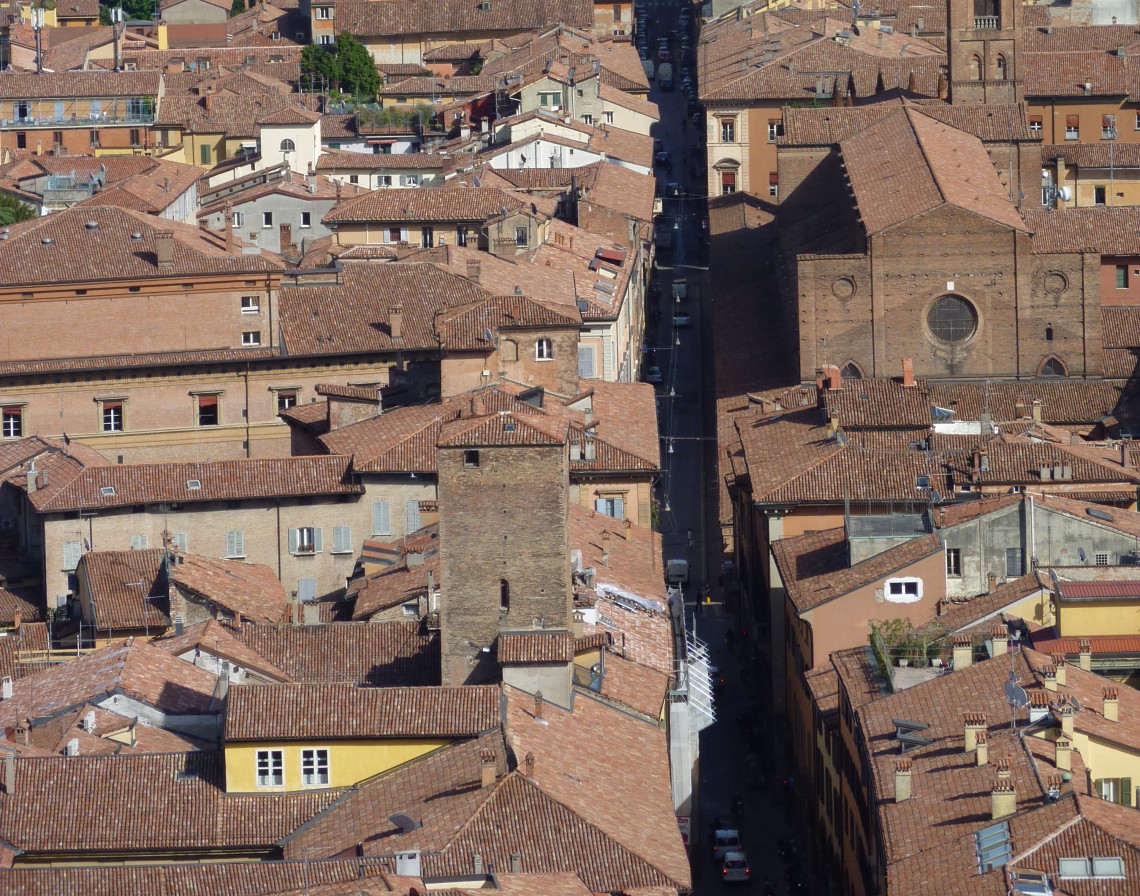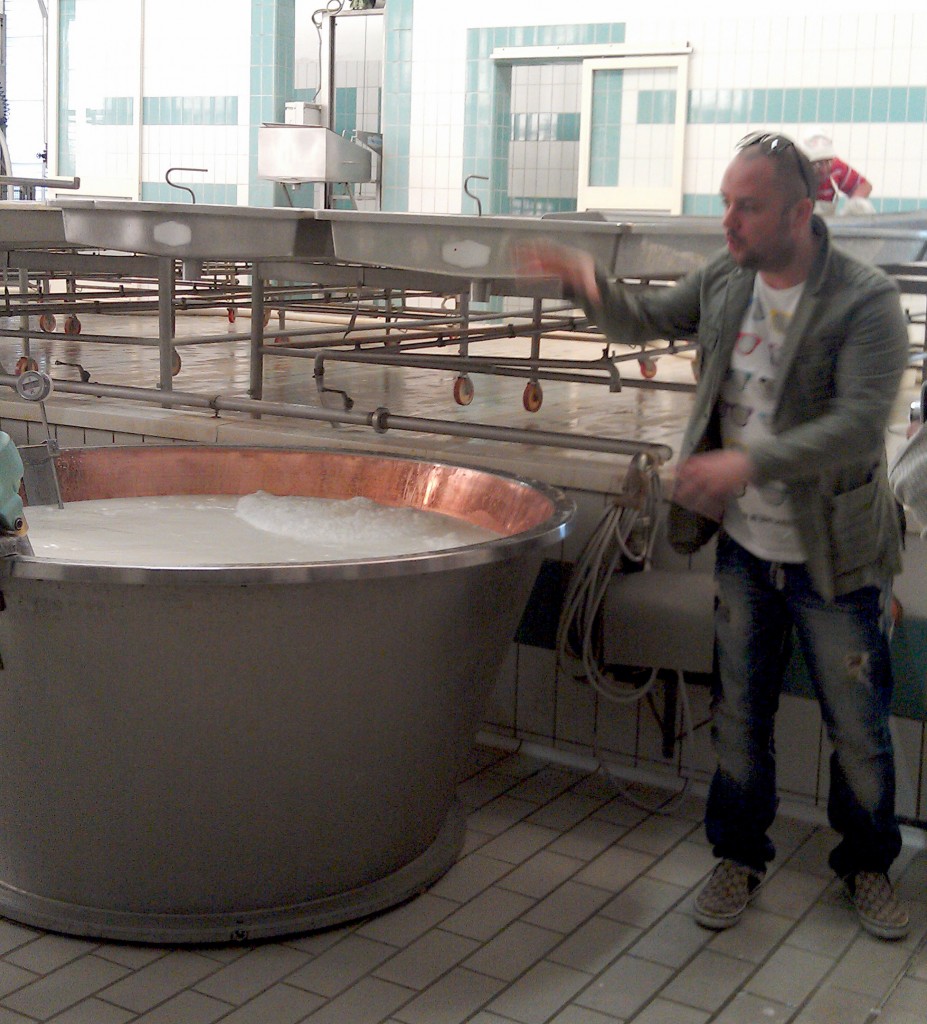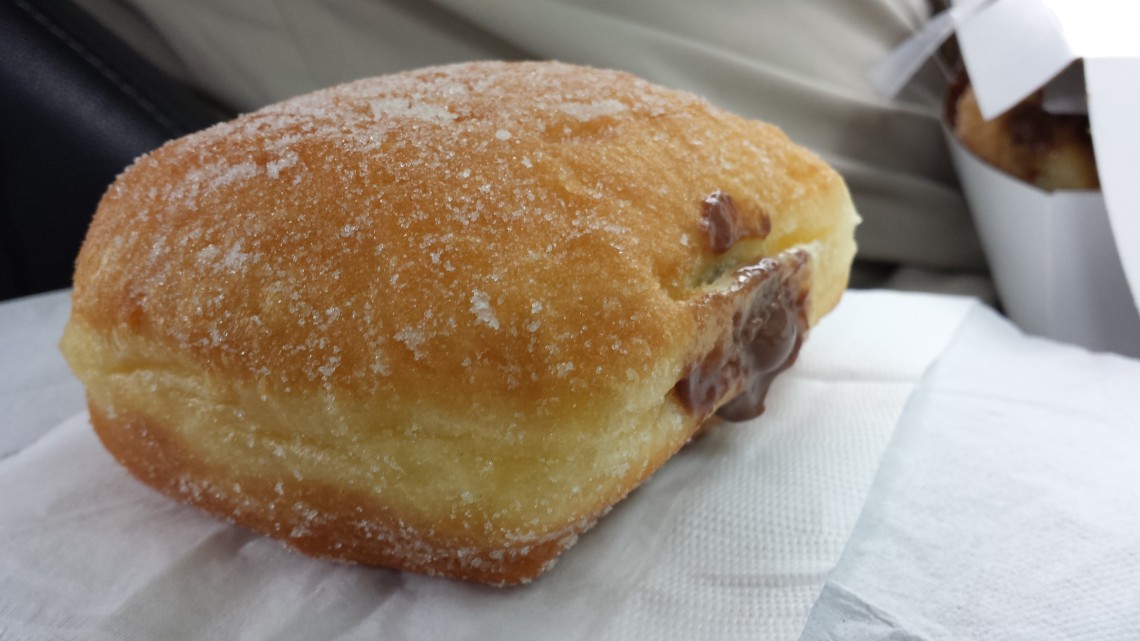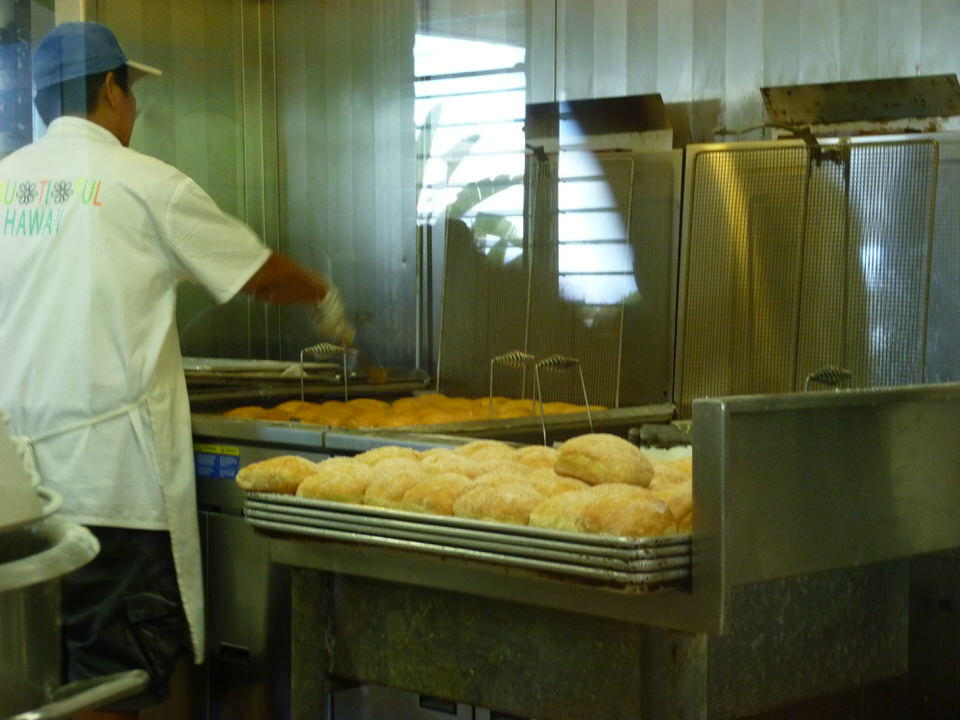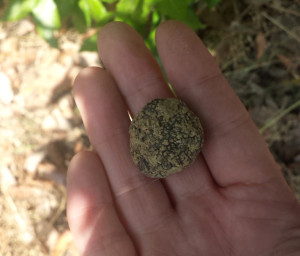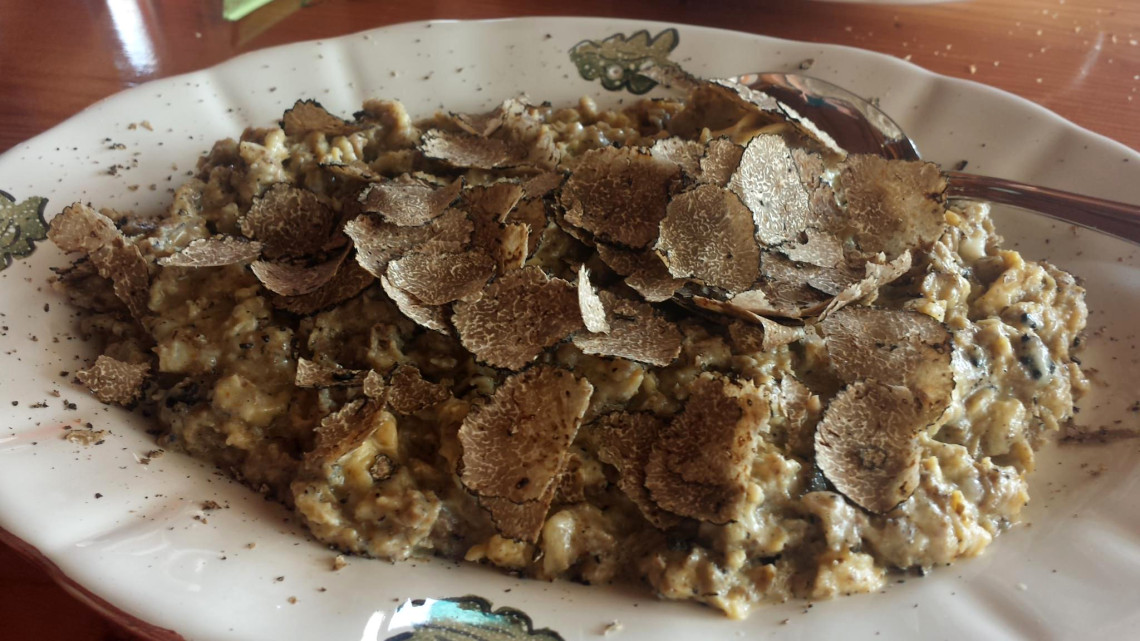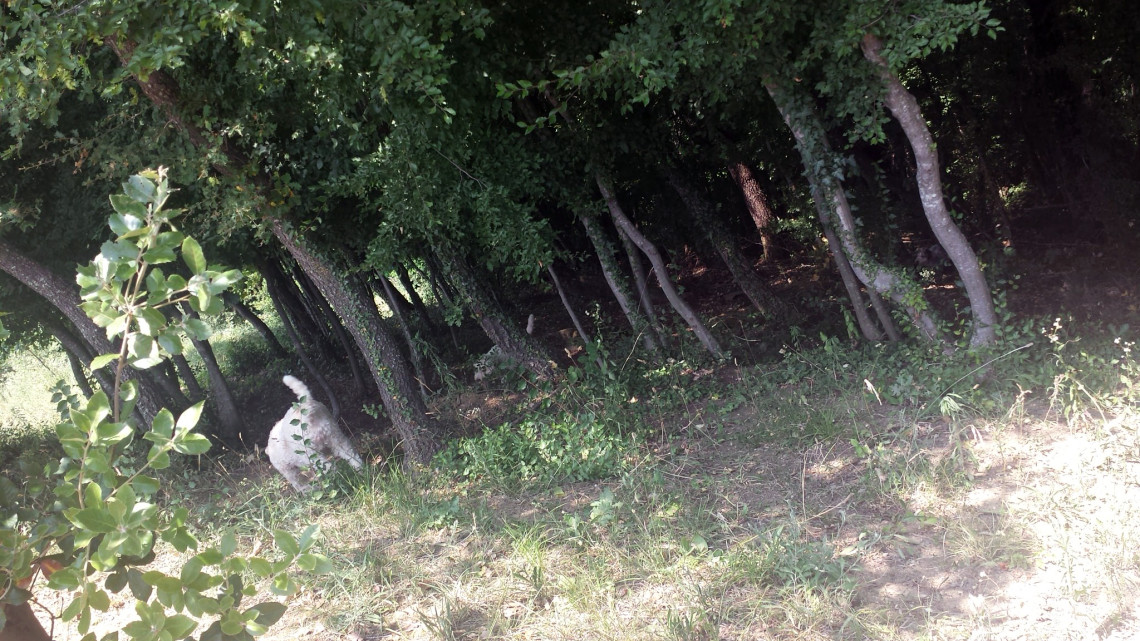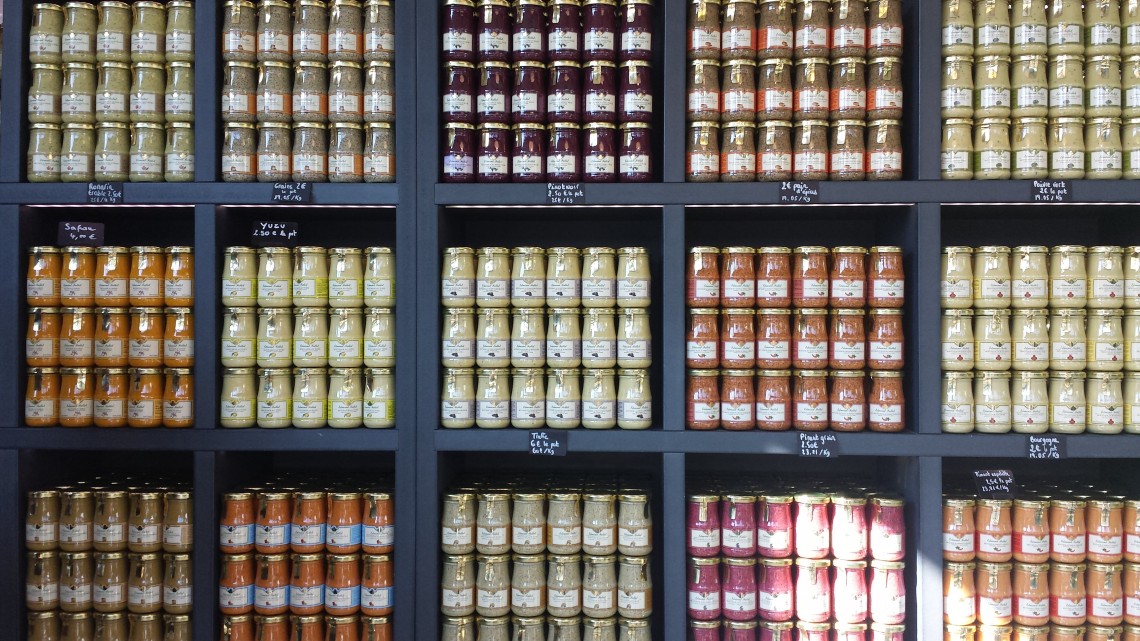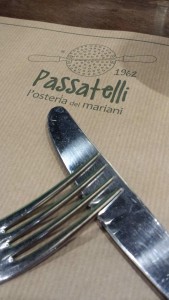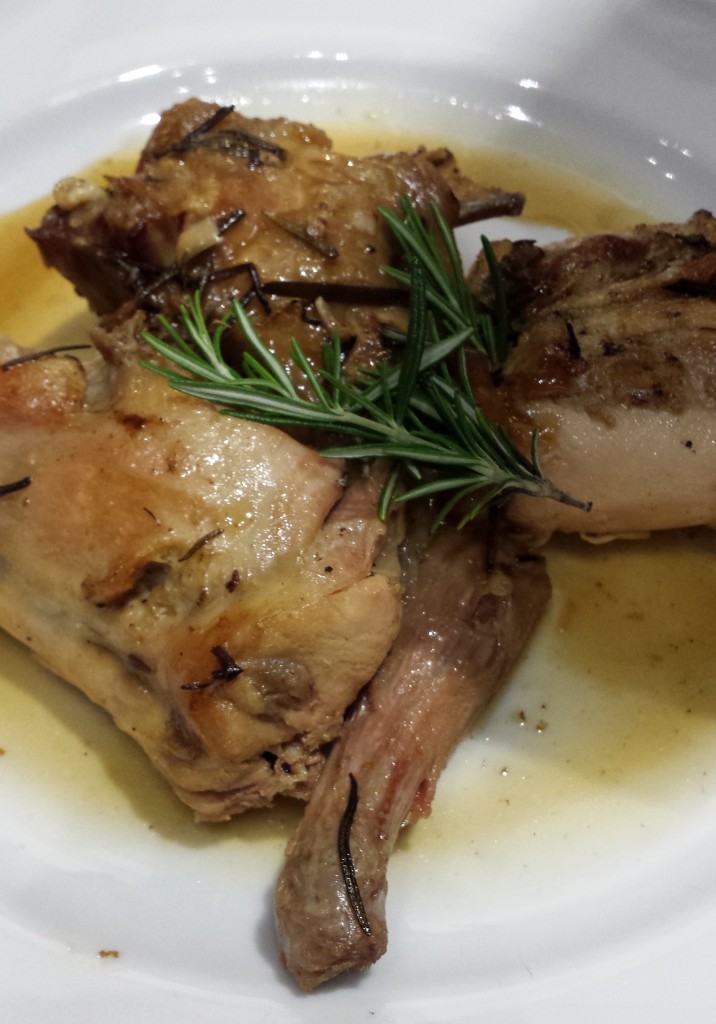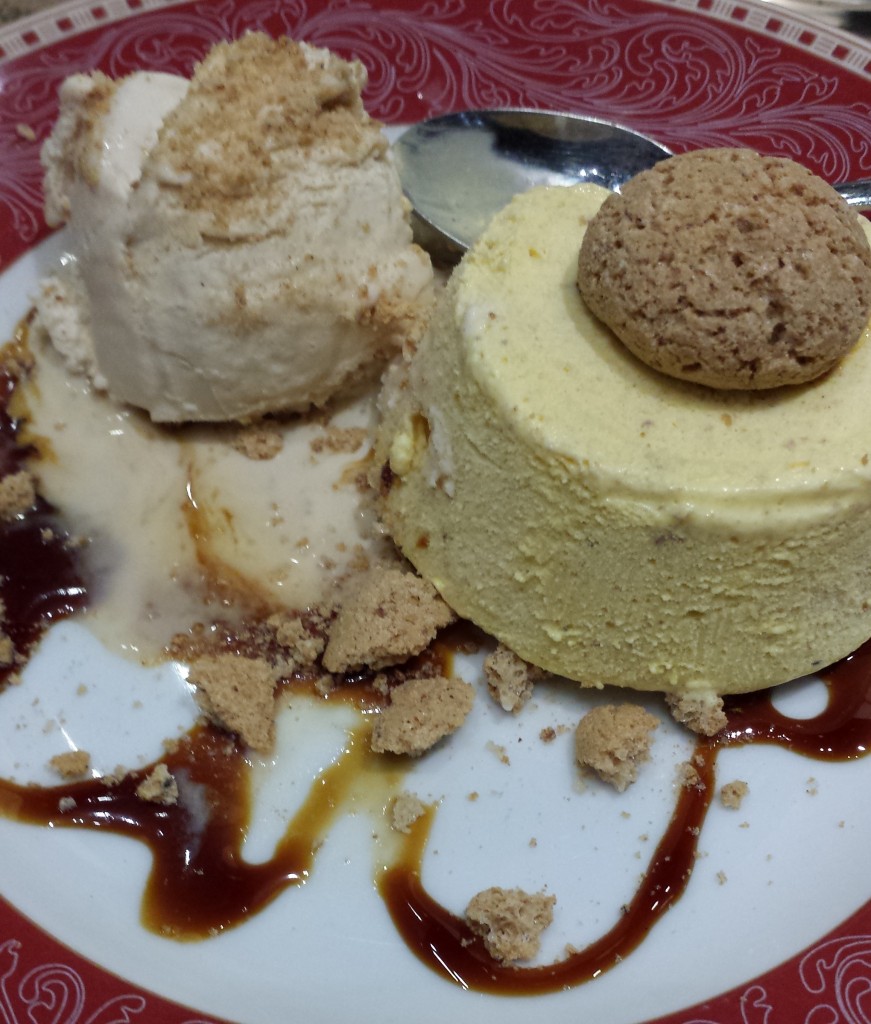Just to the south of Mt. Subasio sits an Umbrian gem. The medieval hilltop town of Spello. The nearby hot shots Perugia and Assisi welcome millions of tourists a year. Not the case here. We wandered the city’s labyrinth without bumping into another native English speaker. Instead, we passed a myriad of stone houses that intertwine with one another and share ancient walls.
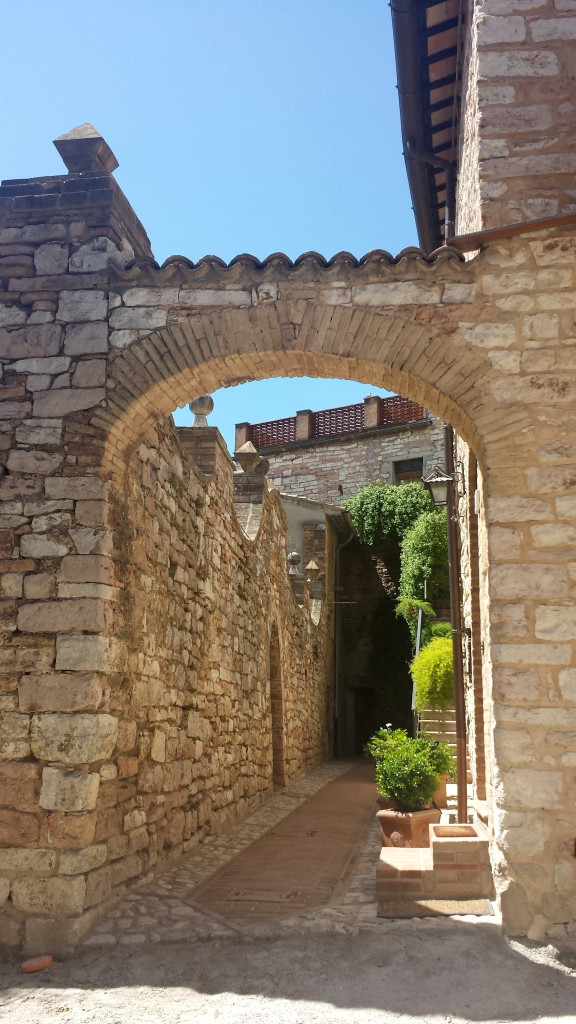
Quiet streets of Spello
Red geraniums and purple lythrum tumbled out of stone crevices and contrasted with the sun-drenched ammonitico rosso (red limestone). Church walls are seen hanging on for dear life to what is left of 15th-century frescoes by the likes of Perugino and Pinturicchio. There was plenty to explore here. We practiced Italian in the shops and with a local on a bench in the piazza. He said he enjoys the slow pace of life.
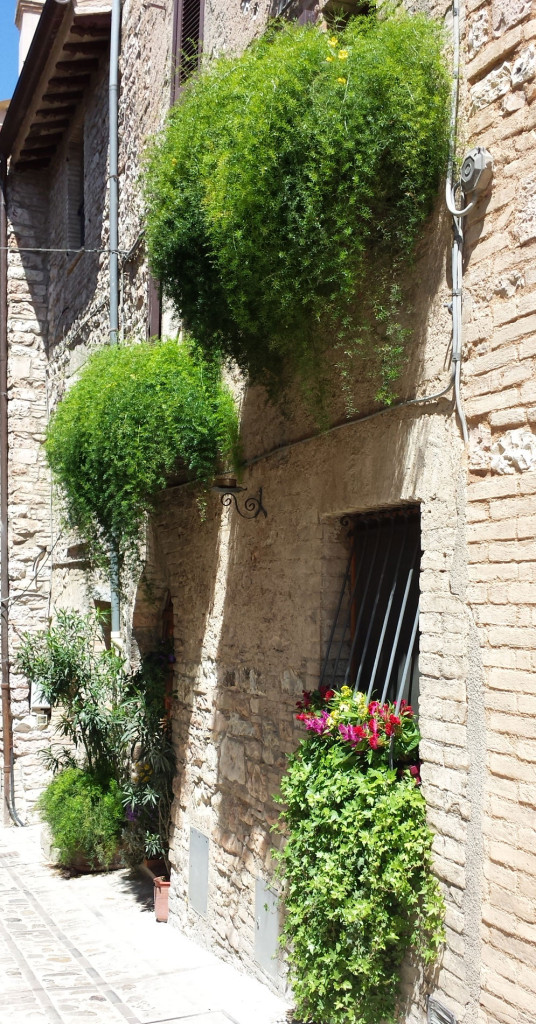
Plants tumble from window boxes and out of the walls in Spello.
The best part of stopping in an unplanned city is finding a place to eat. No guidebook in hand, no ratings or reviews pre-examined. We just let the locals direct us. When we saw Extra Vecchio Balsamico Tradizionale di Modena DOP on the table, we knew that they guided us well.
Sometimes, the simplest foods are the ones that give you the most pleasure, because the freshest ingredients are the bare-boned essence of taste. With every bite of my bruschetta from Enoteca Properzio, I closed my eyes and allowed all the flavor nuances to overtake my senses.
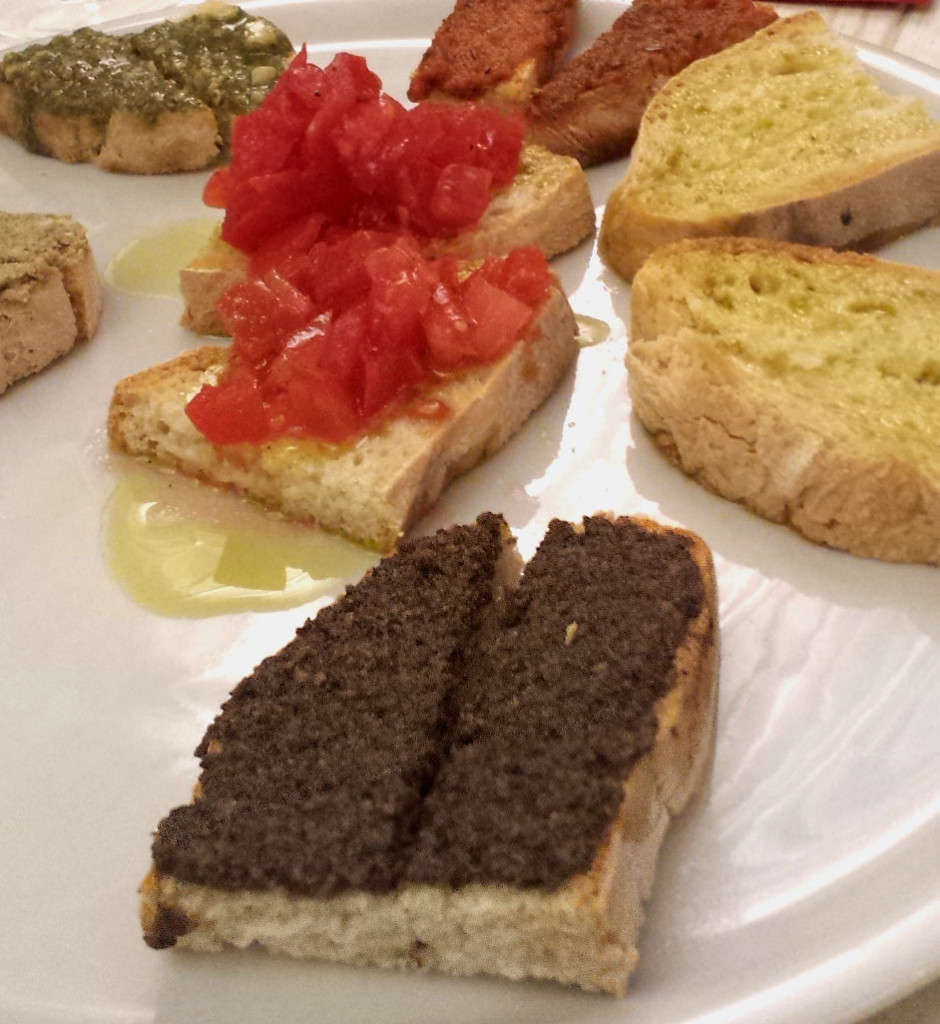
Bruschetta at Enoteca Properzio in Umbria’s Hilltop Town Spello
Umbria’s white oak forests are home to some of the world’s best truffles. It should be no surprise that white and black truffle spreads be still the hearts of many travelers to this region. Arugula (or wild rocket) is a favorite throughout Italy with its peppery flavor making a flavorful spread for bread, and also for meat. Then, of course, local heirloom tomatoes that spend their days ripening, and drying in the Italian sun. Both as a spread and as simple chunks drizzled with straight up Umbrian olive oil excited my nose and tongue. We washed it down with local wine, Tenuta Castelbuono Sagrantino di Montefalco DOCG. Let the staff steer you through their outstanding wine collection, after all; they drink this stuff on the regular.
Enoteca Properzio located on Palazzo dei Canonici, Spello, Umbria, Italy
On the table for our 2015 visit: Guiseppe II Extra Vecchia Balsamico Traditizionale di Modena DOP
What we ordered: Selezione di Bruschetta (Selection of Bruschetta): Spello Oilo (Olive oil from the hills of Spello), Salsa al Tartufo Bianco e Nero (white and black truffle spread), Salsa ai Pomodoro Secchi (sundried tomato spread), Pomodoro fresco
Ribollitta Misti di Verdure Stagionali (soup of fresh seasonal vegetables)
Prosciutto di Norcia IGP Panino (Ham of Norcia sandwich)
Sagrantino di Montefalco DOCG Castelbuono 2007 (100% Sagrantino)
